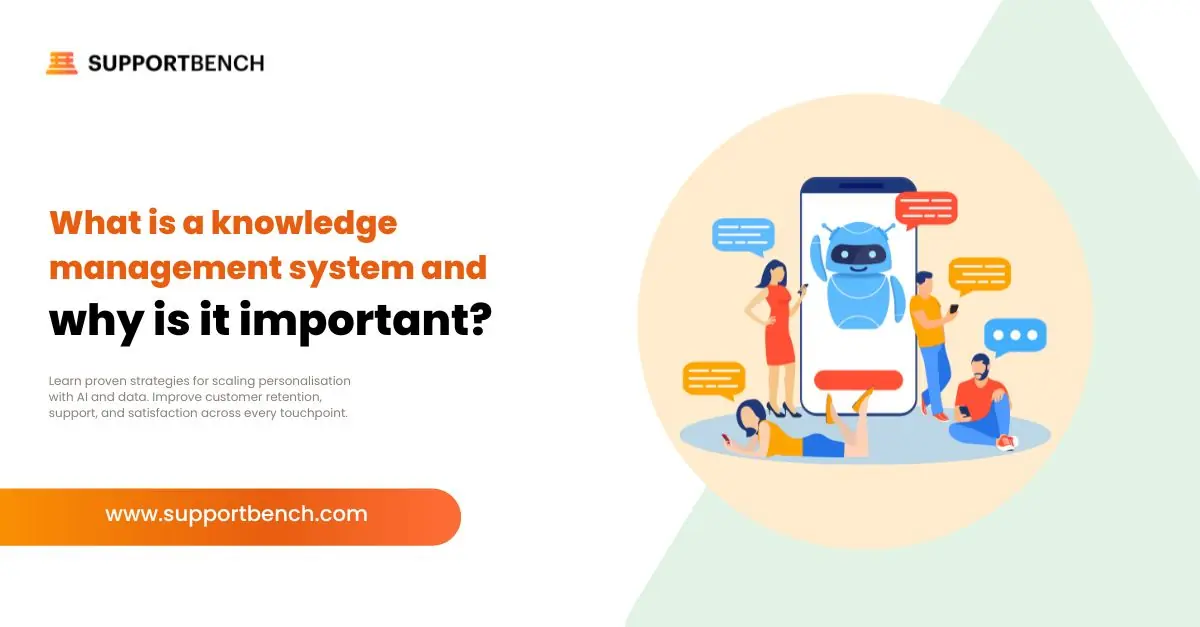Chat support has grown immensely with no sign of stopping
Over the last decade, the technology surrounding chat support has become incredibly widespread. Companies all over the world are using some form of chat program to assist customers on their websites, be it for helping customers get information on their products, asking about policies, receiving support, or even placing orders. Chat has grown and evolved as fast as the coding and software technology surrounding it, and the people who have grown up in a world filled with chat have become quite accustomed to its presence, as well.
Pro: Instantaneous connection
When a problem arises in today’s incredibly dynamic society, being able to get in touch with someone within 5 minutes – versus potentially waiting in a phone queue for 35 minutes – is usually all the difference in the world. Chat support provides an undeniably fast connection, paired with an adaptable human response from a live agent, that other support platforms can’t compete with. Your problem is getting addressed, and it’s getting addressed right now.
Pro: Chatbots allow support to reach out to customers to ask if they need help
Customers hop onto the website to browse support articles, but perhaps they’re having trouble finding what they need, or one solution doesn’t quite fit their problem. Perhaps they’re browsing products and want to know one small detail, perhaps about shipping estimates for time or cost.
When the notification of the chatbot appears in the corner of their screen, they know they have the option to ask for help if they need it. It’s the virtual equivalent of having an associate in the department store approach you to ask if you need help after you’ve been browsing without success for some time.
Pro: Language barriers are easier to overcome, thanks to translation apps
Companies have been able to hire help from all walks of life, and with the growing attention to diversity in the workforce, this has become all the more prominent, especially in the world of tech support, where outsourced chat support often comes from foreign countries. Not all of the employees hired will have the best proficiency in the language of their customer base, but this is where apps such as Google Translate can step in and fill in the gaps. Using copy/paste, customers and their support technicians can gain a lot more traction in understanding each other and surpassing those otherwise daunting barriers.
Pro: 24/7 chat support
Thanks to automated chatbots and outsourced chat support, it’s possible to have coverage to help customers even outside of normal business hours. A chatbot can be present at all hours of the day to answer simple questions for customers in different time zones, or if the problem requires some human help, the bot can gather information from the customer into a nice little ticket that will be waiting on the support desk as soon as someone clocks in the next business day.
Pro: Chat support appeals to the more introverted souls in today’s society
Most customers nowadays have grown up using and operating chat platforms, and find them the most comfortable form of communication. There may not really be room for introversion in the business world, as making deals and partnerships and working with customers will always require interaction in some form or another, but those who are more comfortable working with text rather than another voice will always prefer to rely upon this method, and it opens up a wider base of customers to work with.
Con: Lack of clarity in communication
Perhaps your problem is more complex than you think. You might have explained it five times or more to the technician, who just really isn’t understanding what it is you’re saying. This can very well be chalked up to the quality of training provided, but it also presents a very real hurdle that people still encounter in text-based support overall.
Whether it be through language barriers, or simply the complexity of the issue, sometimes text just doesn’t convey the same thing that vocal interaction does, and the meaning of what needs to happen can easily get lost in translation. This wastes valuable time in getting a problem addressed and a solution figured out.
Con: Waiting for responses
Chat might have you connected to someone, which gives you peace of mind, but sometimes it can be several minutes or longer between responses from the support personnel. Being able to hear someone over the phone as they’re working on your problem is often a bit more of a comfort than waiting for what feels like hours for a response from a chat support tech.
Not to mention, there’s always the threat of getting disconnected due to a software glitch while you’re waiting. Perhaps you’ve gone idle while waiting for an answer, and the software catastrophically drops you, thinking that you’re no longer active in the conversation. When this happens, you’re often not reconnected to the same person you were speaking to, and then you have to repeat everything once again from square one, not an experience anyone wants to go through.
Email support, while less preferred, is still one of the most relied-upon methods[1]
A Zendesk study puts email at number 4 overall on the list, right behind help section articles, and fairly ahead of Twitter and Facebook support. It’s generally preferred by those of the earlier generations, as it’s what they’re most familiar with, but the ease and speed of chat support have certainly left their mark on this demographic.
Pro: Email is a great way to handle non-critical support requests
The large text count of email allows for you to detail your problem fully, provide screenshots and images as appropriate, and format your message how you choose. This allows you to highlight everything in your issue in one fell swoop rather than intermittently bringing things up as a technician asks about them. If your problem is one that can wait for an answer, it’s certainly worth it to use email.
Con: Responses can take anywhere from a few hours to several days
If email is your only option, and the problem is urgent, it can be devastating to have to wait potentially days for a reply. Most will opt for phone or chat support simply because of this alone, especially because most problems in the eyes of business owners and managers need to be handled immediately, rather than waiting days to possibly receive nothing helpful in terms of a response.
Text-based support has limitless potential for improvement
Companies are turning more and more towards chat support as a means of helping their customers on and off the clock. As bots grow more advanced, and the technology continues to grow and change, we could very well see chat surpassing phone support as a preferred method of communication sooner than we think. Email trails a good bit behind the other two, but is still far too reliable and successful of a method to even consider dropping at this time.
Overall, all three are stellar and cover most if not all the bases needed when it comes to a comprehensive customer support system.















